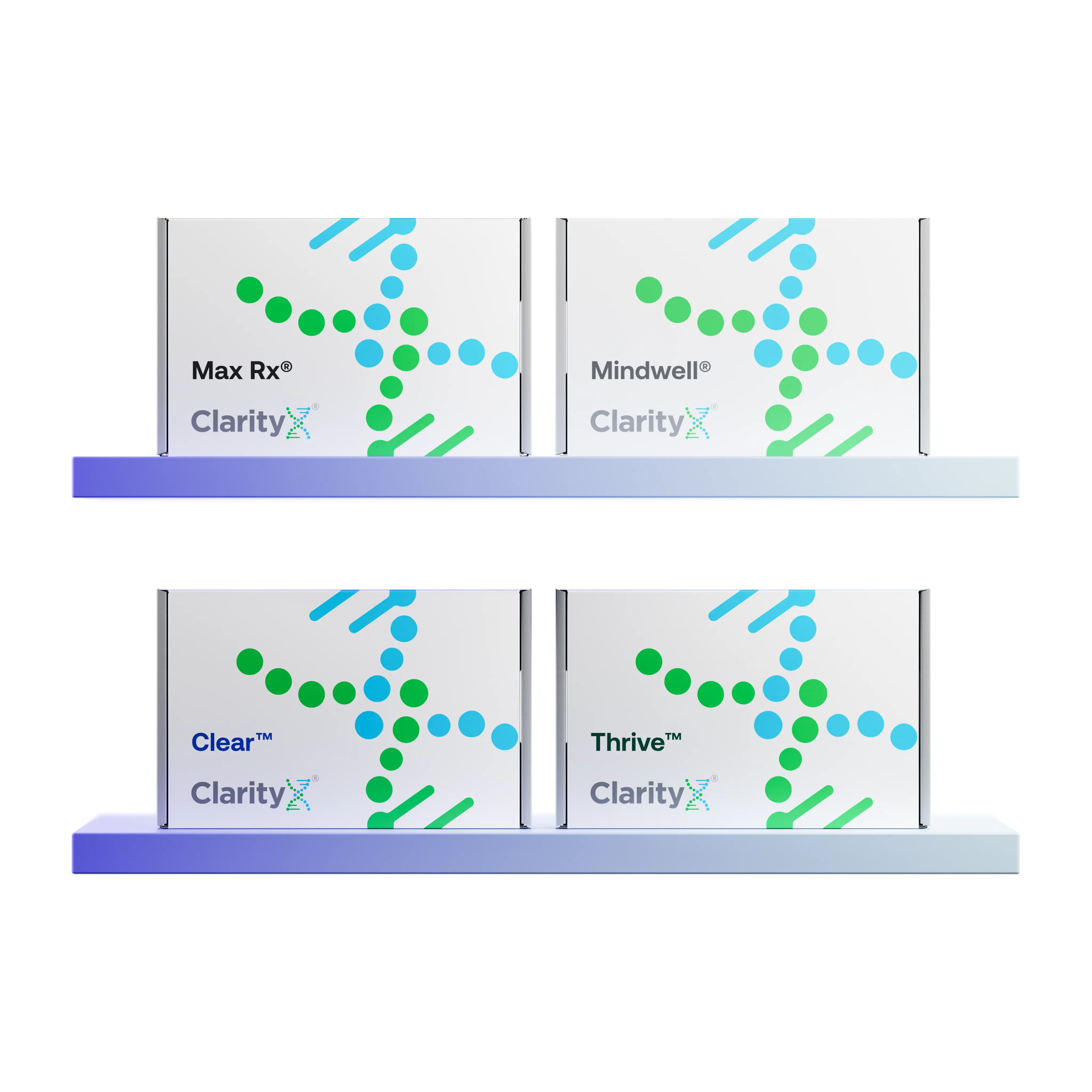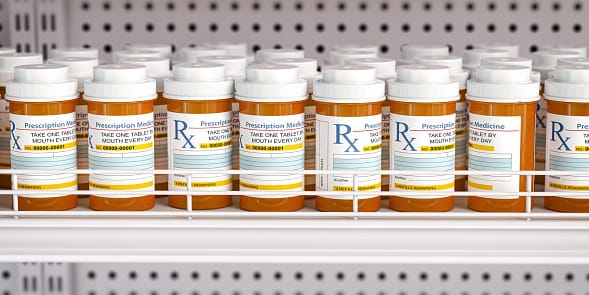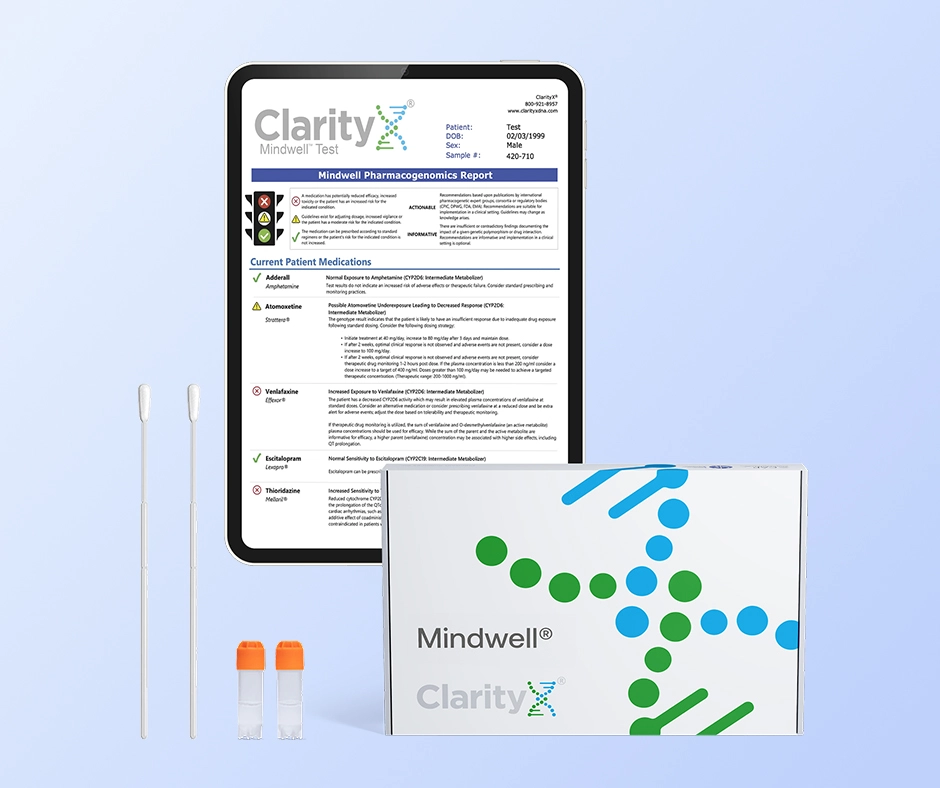Attention deficit hyperactivity disorder (ADHD) and Anxiety are two of the most commonly diagnosed mental health conditions in both children and adults. Over 6 million children in the US and about 4%-5% of US adults are reported to have ADHD diagnoses. While the numbers for anxiety diagnoses (over 40 million adults in the U.S. experience anxiety disorders) tend to be higher, it is important to bear in mind that there are several different forms of anxiety disorders. Furthermore, experiencing feelings of anxiety is not the same as being diagnosed with an anxiety disorder, which is a mental health condition classified by the DSM-5.
Some of the signs and symptoms of ADHD and anxiety overlap, which is why many confuse the two for each other. Read on to learn more about common signs of ADHD, common signs of anxiety, and how to tell if what you are experiencing is an indication of ADHD or anxiety.
What is ADHD?
The chronic mental health condition that is known as attention deficit hyperactivity disorder (ADHD) may manifest in different individuals in unique ways. Most often, however, people with ADHD display signs of hyperactivity and impulsivity.
Common Symptoms of ADHD in Children
- Seemingly endless amounts of energy
- Excessive excited talking and interrupting when others are speaking
- Inability to sit still
- Extreme impatience
- Fidgeting or squirming
Common Symptoms of ADHD in Adults
For adults, symptoms of ADHD may present differently than in children. Some common signs of ADHD in adults are:
- Forgetfulness
- Inability to focus or prioritize tasks
- Lack of attention to detail
- Frequently losing things
- Impulsivity
- Hyperfocus
What is Anxiety?
Anxiety disorders are classified as those conditions associated with extreme feelings of worry, fear, and phobia. The 5 major anxiety disorders that are most commonly diagnosed include generalized anxiety disorder (GAD), obsessive-compulsive disorder (OCD), panic disorder, post-traumatic stress disorder (PTSD), and social phobia/social anxiety disorder. Anxiety may also present in a more generalized manner that may not merit an official diagnosis by a healthcare professional.
Anxiety shows up for people in various ways, but there are some common symptoms of anxiety in adults, adolescents, and children.
Common Symptoms of Anxiety
- A heightened sense of worry, fear, or uneasiness with or without an obvious cause
- Compulsions and constant need for reassurance
- Chest pain
- Heart palpitations
- Shortness of breath
- Sweating
- Dizziness
- Fear of speaking in front of others
- Fear of meeting new people
- Extreme self-consciousness
An overlap exists between ADHD and anxiety, which is why some people have difficulty distinguishing the two. The major symptoms that overlap between ADHD and anxiety are an inability to relax and distressing restlessness. Determining if you have ADHD vs. anxiety, however, may be easier than you thought if you consider the major differences between the two.
Major Differences Between ADHD vs. Anxiety
People with ADHD tend to encounter significant issues with focusing. They find it difficult to pay attention, which may result in trouble completing tasks. Those diagnosed with ADHD also tend to display signs of forgetfulness and may have a hard time listening to or following instructions.
People with anxiety, on the other hand, usually exhibit fight-or-flight responses to situations that cause them distress. They lead with nervousness and fear. Chronic worry, irritability, and obsessive thoughts about situations with or without an obvious cause tend to plague those who suffer from anxiety.
If you are unsure whether you have ADHD or anxiety, visiting a healthcare professional like a psychiatrist or a psychologist may help. It may also be useful to discuss medication for your condition.
Pharmacogenomic Testing
Pharmacogenomic testing is a precision medicine tool that analyzes your DNA to predict how your body will process and respond to specific medications. By examining genetic variants primarily those affecting liver enzymes the test reveals if you are likely to metabolize a drug too slowly (increasing the risk of severe side effects) or too quickly (making the medication ineffective).
This genetic insight allows doctors to move away from a "trial and error" prescribing method, helping them select the right drug and the right dose from the start to maximize treatment success while minimizing adverse reactions.
Finding the right medication is easy with ClarityX. Our Mindwell test can help determine genetic markers that may influence how you will respond to certain ADHD or anti-anxiety medications and which type will be the right one for you. Learn more when you contact us today.





